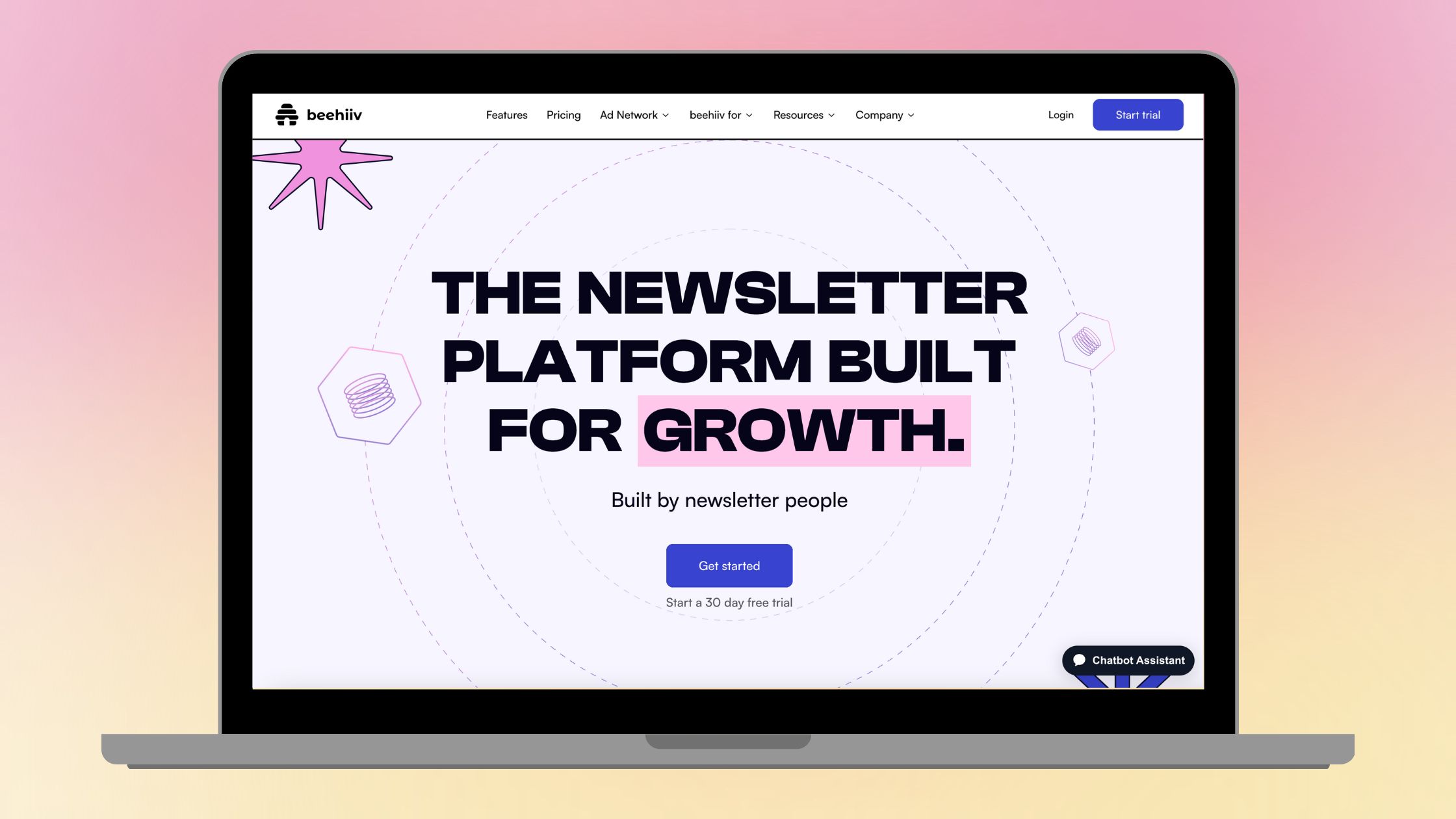In today’s digital age, the marketing landscape has undergone a significant transformation. Traditional methods are needed to reach and engage with the ever-connected consumer. Enter digital marketing is a powerful and dynamic approach leveraging online channels to promote products, services, and brands. If you’re new to the world of digital marketing, fear not. This comprehensive guide will walk you through the basics, providing a solid foundation for your journey into the exciting realm of online promotion.
Understanding Digital Marketing
Digital marketing encompasses various activities that leverage digital channels, devices, and platforms to connect with customers. Unlike traditional marketing, which often relies on print, television, or radio, digital marketing operates online. The critical components of digital marketing include:
Search Engine Optimization (SEO):
Search Engine Optimization (SEO) is optimizing your online content and website structure to improve its visibility on search engine results pages (SERPs). The primary goal is to increase organic (non-paid) traffic to your site. Here’s a closer look at the essential aspects of SEO:
- On-Page SEO:
- This involves optimizing individual web pages to rank higher and earn more relevant traffic in search engines. Key elements include:
- Keyword Research: Identifying the terms and phrases your target audience will likely use in search.
- Content Optimization: Crafting high-quality content that aligns with user intent and incorporates targeted keywords.
- Meta Tags: Writing compelling meta titles and descriptions to encourage click-throughs from search results.
- Off-Page SEO:
- Off-page SEO refers to activities outside your website that impact its visibility. This includes:
- Link Building: Acquiring high-quality backlinks from reputable websites to improve your site’s authority.
- Social Signals: Engaging on social media platforms and building a presence contributes to your site’s credibility.
- Online Reputation Management: Monitoring and managing your brand’s online reputation through reviews and mentions.
- Content marketing involves creating and distributing valuable, relevant content to attract and engage a target audience. This strategy focuses on providing information, entertainment, or education to build trust and credibility. Here are key components of content marketing:
- Content Types:
- Blog Posts: Regularly publishing articles that address the needs and interests of your audience.
- Infographics: Visual representations of information or data to convey complex concepts in an easily digestible format.
- Videos: Engaging visual content that can be shared across various platforms.
- Ebooks and Whitepapers: In-depth resources that provide comprehensive insights into specific topics.
- Distribution Channels:
- Social Media Platforms: Sharing content on platforms like Facebook, Twitter, LinkedIn, and Instagram.
- Email Newsletters: Building and nurturing relationships with your audience through regular email communication.
- Guest Blogging: Contributing content to other websites to expand your reach and authority.
Social Media Marketing:
Social media marketing involves creating and sharing content on social media platforms to achieve marketing goals. It’s a powerful way to connect with your audience, build brand awareness, and drive traffic. Here are key elements of social media marketing:
- Platform Selection:
- Facebook: Suitable for a wide range of businesses and industries, with diverse ad formats.
- Instagram: Ideal for visually appealing content and engaging younger audiences.
- Twitter: Best for real-time engagement and concise messaging.
- LinkedIn: Targeting a professional audience and sharing industry insights.
- Content Strategy:
- Visual Content: Using images, videos, and infographics to capture attention.
- Engagement: Encouraging likes, shares, and comments through interactive content.
- Paid Advertising: Utilizing paid ads to reach specific demographics and increase visibility.
Email Marketing:
Email marketing involves using email to promote products or services, nurture leads, and build relationships with customers. It’s a direct and personalized communication channel. Here’s a breakdown of email marketing components:
- Building an Email List:
- Opt-In Forms: Placing forms on your website to encourage visitors to subscribe.
- Lead Magnets: Offering incentives like ebooks, discounts, or exclusive content in exchange for email sign-ups.
- Segmentation: Dividing your email list into segments based on characteristics or behaviors.
- Email Campaigns:
- Newsletters: Regular updates on industry news, company updates, and valuable content.
- Promotional Campaigns: Offering discounts, promotions, or product launches.
- Drip Campaigns: Sequences of automated emails designed to nurture leads over time.
Pay-Per-Click (PPC) Advertising:
PPC advertising allows businesses to place ads on search engines or other platforms and pay a fee each time someone clicks on the ad. Google Ads is a prominent PPC platform. Key elements of PPC advertising include:
Keyword Research:
Identifying relevant keywords that align with your business and target audience.
- Ad Creation: Crafting compelling ad copy that encourages clicks and aligns with user intent.
- Budgeting and Bidding: Setting daily or monthly budgets and bidding on keywords based on their competitiveness.
- Monitoring and Optimization: Regularly reviewing campaign performance, adjusting bids, and refining ad content for better results.
Affiliate Marketing:
Affiliate marketing involves partnering with other businesses or individuals (affiliates) who promote your products or services and earn a commission for each sale or lead generated through their efforts. Here’s how it works:
Affiliate Programs:
- Creating a Program: Setting up an affiliate program that outlines commission structures and terms.
- Recruiting Affiliates: Attracting affiliates through outreach, networking, or joining affiliate marketing platforms.
- Tracking and Payments: Implementing systems to track affiliate-generated sales and issuing timely payments.
Affiliate marketing provides a cost-effective way to expand your reach and increase sales through third-party promotion.

The Importance of Digital Marketing
- Global Reach: One of the primary advantages of digital marketing is its global reach. Unlike traditional methods that are often localized, digital marketing allows businesses to reach a global audience, breaking down geographical barriers.
- Targeted Advertising: Digital marketing enables precise targeting of specific demographics, interests, and behaviors. This ensures that your marketing efforts are directed toward those most likely to be interested in your products or services.
- Cost-Effectiveness: Compared to traditional advertising channels, digital marketing is often more cost-effective. With tools like Google Ads or social media advertising, you can set budgets and measure the performance of your campaigns in real-time.
- Measurable Results: Digital marketing provides extensive analytics and data, allowing you to measure the success of your campaigns accurately. Metrics such as website traffic, conversion rates, and customer engagement can be tracked and analyzed to refine your strategy.
Getting Started with Digital Marketing
- Build a Professional Website: Your website is the virtual storefront of your business, and its design and functionality play a crucial role in attracting and retaining visitors. Here are key steps to building a professional website:
- Choose a Domain Name: Select a domain name that reflects your brand and is easy to remember. Use a reputable domain registrar to secure your domain.
- Invest in Quality Design: Invest in a clean and visually appealing design that aligns with your brand identity. Ensure the website is easy to navigate, and the layout is intuitive for users.
- Mobile Responsiveness: Optimize your website for mobile devices. With a growing number of users accessing the internet via smartphones, a mobile-responsive design is essential for a positive user experience.
- SEO Optimization: Incorporate basic SEO practices into your website structure. This includes optimizing meta titles, meta descriptions, and header tags. Use relevant keywords naturally throughout your content.
- Quality Content: Create high-quality, engaging content for your website. This can include a compelling homepage, an about us page, product or service pages, and a blog. Regularly update your blog with informative articles.
- User-Friendly Interface: Ensure a user-friendly interface. Visitors should be able to find information easily, and there should be clear calls-to-action guiding them towards desired actions.
- Identify Your Target Audience: Understanding your target audience is fundamental to crafting effective digital marketing strategies. Developing buyer personas helps you create content and campaigns that resonate with your ideal customers. Here’s how to identify your target audience:
- Market Research: Conduct thorough market research to identify demographics, preferences, and behaviors of your potential customers. Understand what challenges they face and what solutions they seek.
- Create Buyer Personas: Develop detailed buyer personas that represent different segments of your target audience. Include information such as age, gender, interests, and pain points.
- Social Listening: Engage in social listening to understand discussions and sentiments around topics related to your industry. This provides valuable insights into what your audience is talking about.
- Feedback and Surveys: Collect feedback from existing customers and conduct surveys to understand their needs and preferences. Use this information to refine your marketing strategies.
- Utilize Search Engine Optimization (SEO): SEO is crucial for ensuring your website is discoverable by search engines. Here’s how to implement basic SEO practices:
- Keyword Research: Conduct thorough keyword research to identify terms relevant to your business. Use tools like Google Keyword Planner to find keywords with a balance of search volume and competition.
- On-Page Optimization: Optimize on-page elements such as meta titles, meta descriptions, and header tags with your chosen keywords. Ensure that your content is well-structured and easy to read.
- Quality Backlinks: Build high-quality backlinks from reputable websites. This improves your site’s authority and can positively impact its search engine rankings.
- Mobile-Friendly Design: As mentioned earlier, ensure your website is mobile-friendly. Google considers mobile-friendliness as a ranking factor, so it’s crucial for SEO.
- Create Quality Content: Content is the backbone of your digital marketing efforts. Creating valuable, relevant, and engaging content is key to attracting and retaining your audience. Here’s how to approach content creation:
- Content Strategy: Develop a content strategy that aligns with your business goals. Identify topics that resonate with your audience and contribute to their needs.
- Blog Regularly: Maintain an active blog where you publish informative articles. Blogging not only helps with SEO but also positions your brand as an authority in your industry.
- Diversify Content Types: Explore different types of content, including articles, infographics, videos, and podcasts. Diversifying your content keeps your audience engaged and caters to different preferences.
- Keyword Integration: Integrate relevant keywords naturally into your content. Focus on providing value to your audience while ensuring your content is discoverable by search engines.
- Engage on Social Media: Social media platforms provide a direct line of communication between your brand and your audience. Here’s how to effectively engage on social media:
- Platform Selection: Identify the social media platforms most relevant to your audience. Each platform has its unique demographics and user behaviors.
- Content Calendar: Develop a content calendar outlining the frequency and types of posts. Consistent posting keeps your audience engaged and helps build a following.
- Visual Content: Leverage visual content such as images and videos. Visuals tend to grab attention and are more likely to be shared on social media.
- Interact with Your Audience: Respond to comments, messages, and mentions promptly. Social media is about building relationships, and engagement is key to creating a loyal community.
- Paid Advertising: Consider paid advertising options on social media platforms to expand your reach. Target your ads based on demographics, interests, and behaviors.
- Start Email Marketing: Email marketing remains a powerful tool for building and nurturing customer relationships. Here’s how to get started with email marketing:
- Build an Email List: Encourage website visitors to subscribe to your email list. Offer incentives such as exclusive content, discounts, or early access to build your subscriber base.
- Segment Your List: Segment your email list based on demographics, purchase history, or engagement level. This allows you to tailor your email campaigns to specific audience segments.
- Personalize Email Campaigns: Personalize your email campaigns to make them more relevant to individual subscribers. Use the recipient’s name and provide content that aligns with their interests.
- Automation: Explore email automation to streamline your campaigns. Set up automated workflows for welcome emails, abandoned cart reminders, and post-purchase follow-ups.
- Explore PPC Advertising: Pay-Per-Click (PPC) advertising is a way to drive targeted traffic to your website by paying for ads on search engines and other platforms. Here’s how to explore PPC advertising:
- Keyword Research: Similar to SEO, conduct keyword research to identify relevant keywords for your business. Choose keywords with a good balance of search volume and relevance.
- Create Compelling Ad Copy: Craft compelling ad copy that entices users to click. Highlight key benefits, use clear calls-to-action, and match the ad copy to the user’s search intent.
- Set a Budget: Determine your budget for PPC advertising. Platforms like Google Ads allow you to set daily or campaign budgets to control your spending.
- Monitor and Optimize: Regularly monitor the performance of your PPC campaigns. Analyze metrics such as click-through rate (CTR), conversion rate, and return on ad spend (ROAS). Optimize your campaigns based on performance data.
- Understand Analytics: Analytics tools provide valuable insights into the performance of your website and marketing efforts. Here’s how to understand and leverage analytics:
- Google Analytics Setup: Ensure Google Analytics is set up for your website. This free tool offers a wealth of information about your website’s traffic, user behavior, and more.
- Define Key Metrics: Identify key metrics aligned with your business goals. Common metrics include website traffic, conversion rates, bounce rates, and average session duration.
- Regular Reporting: Generate regular reports to track your performance over time. This allows you to identify trends, measure the impact of your strategies, and make data-driven decisions.
- Conversion Tracking: Implement conversion tracking to measure specific actions users take on your website, such as completing a purchase or filling out a contact form.
Common Challenges and How to Overcome Them
- Staying Updated: Digital marketing is dynamic, with trends and algorithms constantly evolving. Stay informed by following industry blogs, attending webinars, and participating in relevant online communities.
- Budget Constraints: If you’re on a tight budget, prioritize your efforts based on your business goals. Start with low-cost strategies such as content marketing and social media before expanding into paid channels.
- Competition: The digital space can be competitive. Differentiate yourself by offering unique value, maintaining a consistent brand voice, and building authentic connections with your audience.
- Tech Overwhelm: With numerous tools and platforms available, it’s easy to feel overwhelmed. Start with a few essential tools and gradually explore others as you become more comfortable with the digital marketing landscape.
Final Thoughts
Embarking on your digital marketing journey may seem daunting, but with a solid understanding of the basics, you’re well-equipped to navigate this dynamic landscape. Remember, digital marketing is not a one-size-fits-all solution. Experiment, analyze, and refine your strategies based on the unique needs of your business and your audience.
Whether you’re a small business owner, entrepreneur, or marketing enthusiast, the world of digital marketing is open for exploration. As you implement these foundational strategies, you’ll find yourself gaining the skills and confidence to thrive in the ever-evolving digital landscape. Happy marketing!


